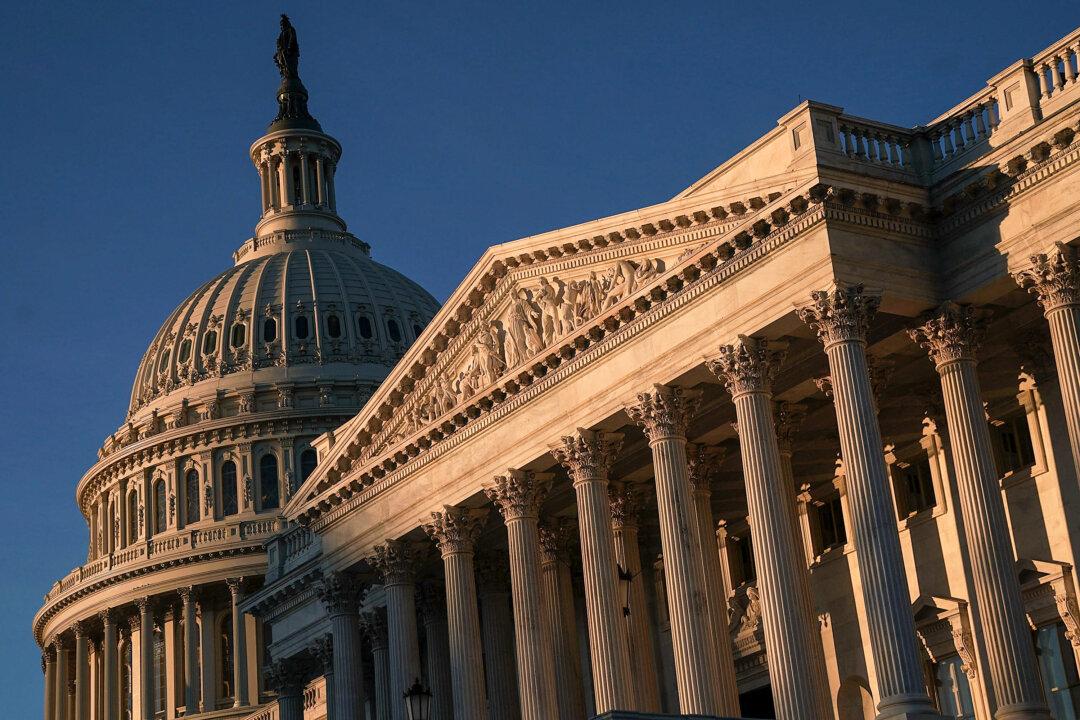Commentary
Ask 1,000 random people what the 2017 tax reform law did, and probably none of them would tell you about full expensing of business investments—instead, they’d likely cite individual or corporate income tax reductions.

Ask 1,000 random people what the 2017 tax reform law did, and probably none of them would tell you about full expensing of business investments—instead, they’d likely cite individual or corporate income tax reductions.